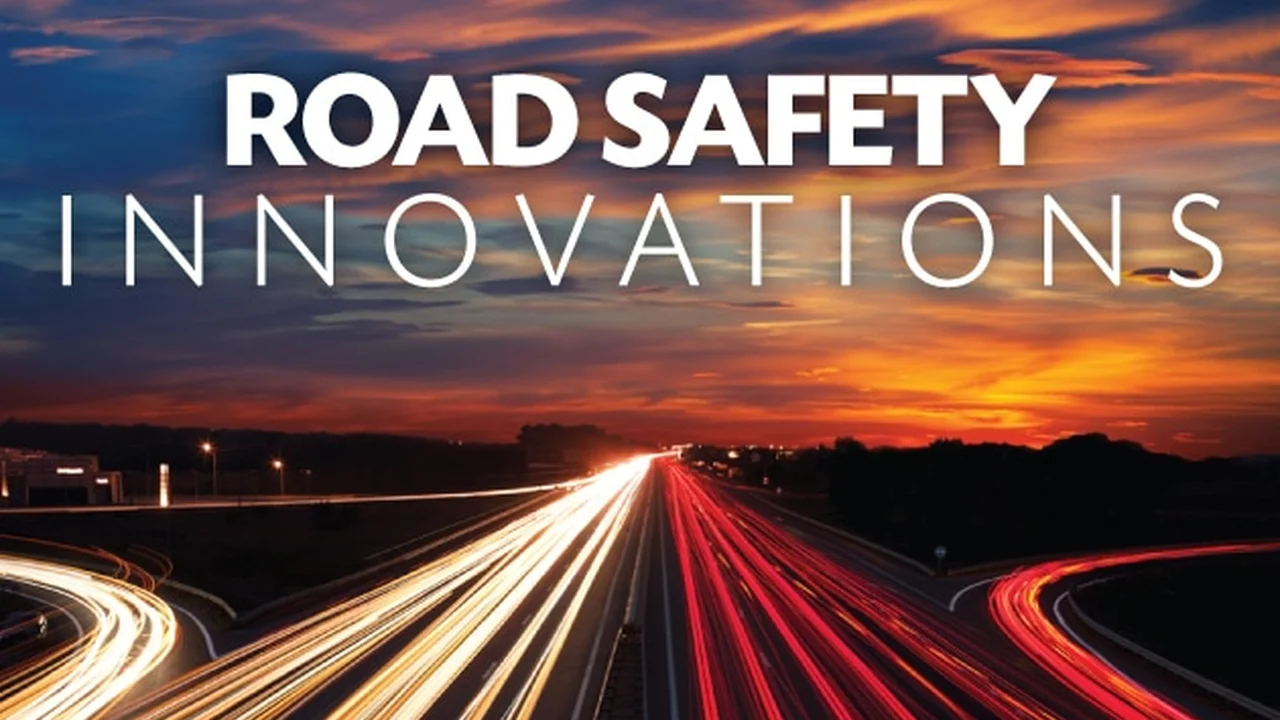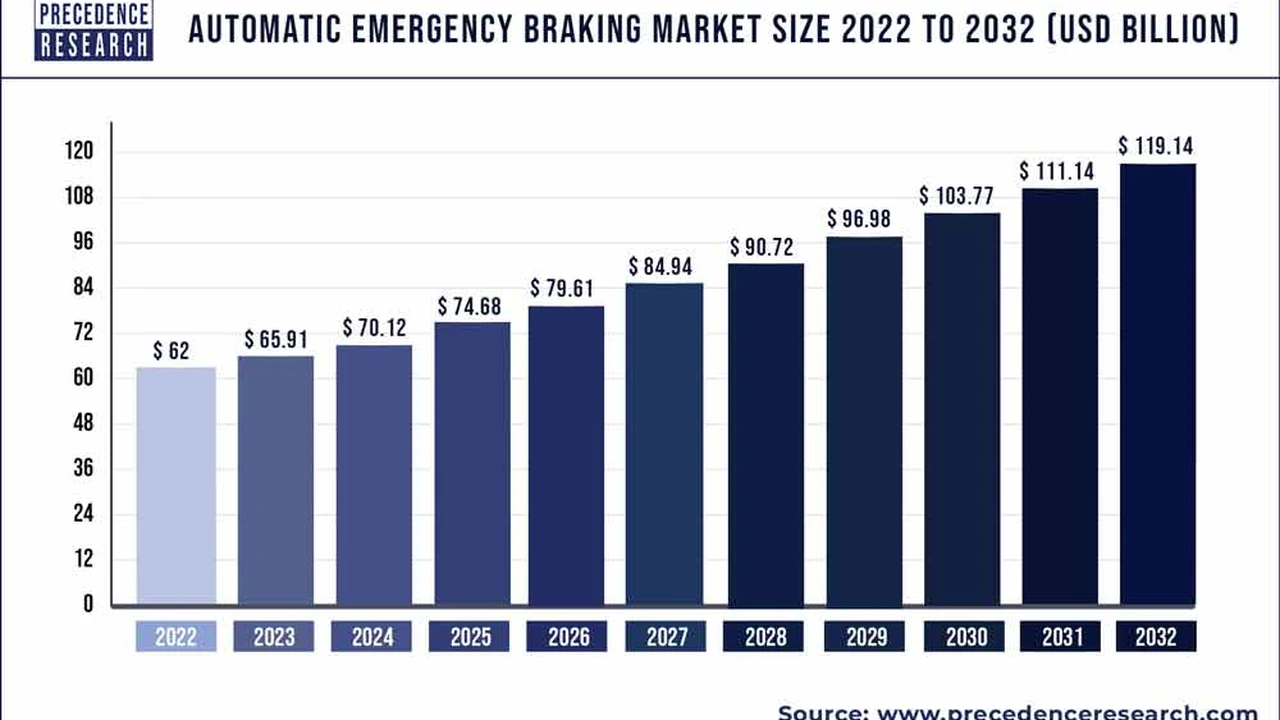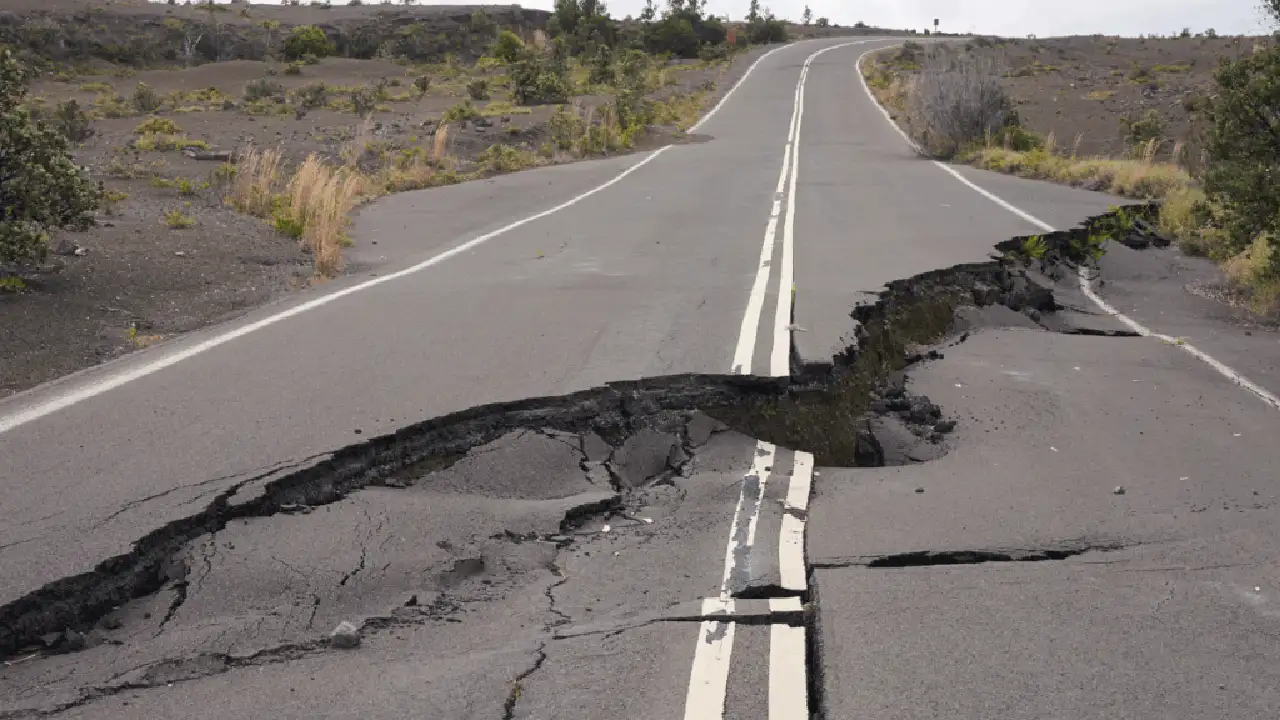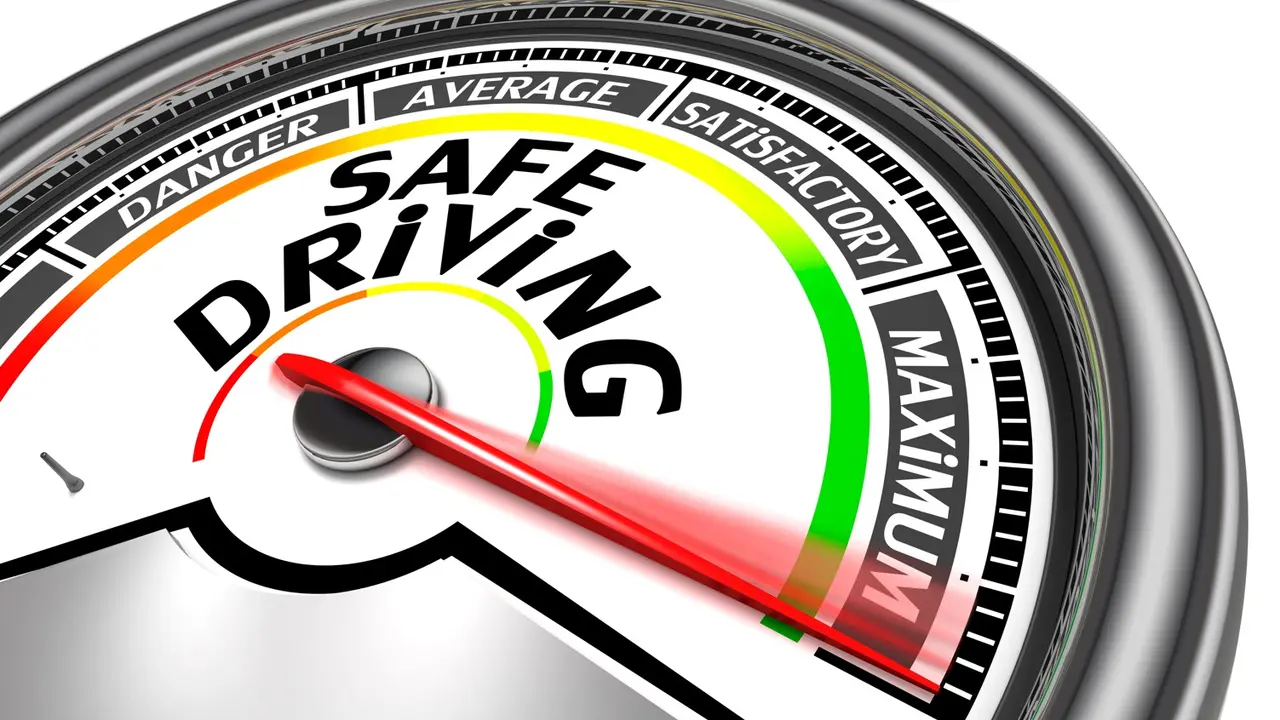The Future of Road Safety: Innovations and Emerging Technologies

Advanced Driver-Assistance Systems ADAS for Enhanced Road Safety
Okay, so let's dive into the cool stuff, right? We're talking about ADAS, or Advanced Driver-Assistance Systems. These aren't just fancy gadgets; they're designed to seriously reduce accidents. Think of them as your co-pilot, always on the lookout. We’ve got things like Adaptive Cruise Control (ACC), which keeps a safe distance from the car in front of you. Then there’s Lane Departure Warning (LDW) that buzzes you awake (well, metaphorically) if you start drifting. And don't forget Automatic Emergency Braking (AEB), which can slam on the brakes if you're about to rear-end someone. These systems use sensors like radar, lidar, and cameras to "see" the road and react faster than you might. They are becoming standard in many new cars, and are a HUGE step forward.
Consider the impact: studies show that vehicles equipped with AEB have significantly fewer rear-end collisions. LDW helps prevent sideswipe accidents, especially on long drives when you might get a little drowsy. It's not about replacing the driver, it's about augmenting your abilities and making the roads safer for everyone.
The Role of Vehicle-to-Everything V2X Communication in Preventing Accidents
V2X, or Vehicle-to-Everything communication, is like giving your car a voice. It allows your vehicle to "talk" to other vehicles (V2V), infrastructure like traffic lights (V2I), pedestrians with smartphones (V2P), and even the network (V2N). Imagine a scenario where a car ahead of you slams on its brakes due to black ice. V2V communication instantly alerts your car, even before you can see the hazard. Or, a traffic light sends a signal to your car advising you to slow down because it's about to turn red.
This technology has the potential to dramatically reduce accidents caused by human error or limited visibility. It's a network effect; the more vehicles and infrastructure that are connected, the more effective the system becomes. V2X is still in its early stages of deployment, but pilot programs are showing promising results. One of the biggest hurdles is standardization – ensuring that all vehicles and infrastructure can communicate seamlessly, regardless of the manufacturer.
AI and Machine Learning Revolutionizing Road Safety Analytics and Prediction
AI and machine learning are transforming how we analyze and predict road safety risks. Think about it: we can now collect massive amounts of data from vehicles, traffic cameras, and even social media. AI algorithms can sift through this data to identify patterns and predict potential accidents before they happen. For instance, AI can analyze weather conditions, traffic flow, and historical accident data to identify high-risk areas and times. This information can then be used to dynamically adjust speed limits, deploy emergency services, or even send alerts to drivers in real-time.
Moreover, AI is being used to develop more sophisticated driver monitoring systems. These systems can detect signs of driver fatigue, distraction, or impairment and provide warnings or even take control of the vehicle if necessary. The beauty of AI is that it's constantly learning and improving. As we gather more data, the algorithms become more accurate in predicting and preventing accidents.
The Promise of Autonomous Driving and its Impact on Road Safety
Autonomous driving, or self-driving cars, is often touted as the ultimate solution to road safety. The idea is simple: remove human error from the equation, and you drastically reduce accidents. Self-driving cars rely on a suite of sensors, including cameras, radar, lidar, and ultrasonic sensors, to perceive their surroundings. They use sophisticated AI algorithms to process this information and make driving decisions.
While fully autonomous vehicles are not yet widely available, they are rapidly evolving. Early studies suggest that self-driving cars have the potential to significantly reduce accidents, especially those caused by drunk driving, distracted driving, and fatigue. However, there are still challenges to overcome, including dealing with unpredictable weather conditions, handling complex traffic situations, and ensuring the safety and security of the autonomous systems. Public acceptance and regulatory frameworks are also crucial for the widespread adoption of self-driving cars.
Emerging Technologies and Future Trends in Road Safety
Beyond the technologies we've already discussed, there are several other emerging trends that hold promise for the future of road safety. For example, augmented reality (AR) is being used to enhance driver awareness by projecting information onto the windshield, such as navigation directions, hazard warnings, and even the location of other vehicles.
Another trend is the use of blockchain technology to create a secure and transparent system for tracking vehicle maintenance and repair records. This can help ensure that vehicles are properly maintained and that any safety-related issues are addressed promptly. Furthermore, advances in materials science are leading to the development of stronger and lighter vehicle structures, which can improve crashworthiness and reduce the severity of injuries in accidents. The future of road safety is not just about technology; it's about creating a holistic system that combines technology, infrastructure, and human behavior to make our roads safer for everyone.
Product Recommendations and Comparisons for Enhanced Road Safety
Dash Cams: Your Silent Witness
Dash cams are a fantastic first step in improving your road safety. They record everything that happens in front of your car, providing crucial evidence in case of an accident. They can also deter reckless driving by other motorists.
Product Comparison:
- Garmin Dash Cam 67W: Wide 180-degree field of view, excellent video quality, GPS, and voice control. Price: Around $250. Use Case: Ideal for everyday driving and capturing clear footage in various lighting conditions.
- Thinkware F200 Pro: Reliable and affordable, with good video quality and parking surveillance mode. Price: Around $150. Use Case: Great for budget-conscious drivers who want basic accident recording and parking security.
- BlackVue DR900X-2CH: High-end dash cam with 4K UHD recording, cloud connectivity, and excellent low-light performance. Price: Around $500. Use Case: Perfect for professional drivers or anyone who wants the best possible video quality and features.
Scenario: Imagine you're involved in a fender bender. Without a dash cam, it's your word against the other driver's. With a dash cam, you have video evidence to prove what happened, making the insurance claim process much smoother.
Blind Spot Monitoring Systems: Eliminating the Unseen
Blind spot monitoring systems alert you to vehicles in your blind spots, reducing the risk of lane change accidents. These systems typically use radar sensors to detect vehicles and provide a visual or audible warning.
Product Comparison:
- Aftermarket Blind Spot Monitoring System (Generic): Affordable option that can be installed on most vehicles. Price: Around $100-$200. Use Case: Good for older cars that don't have factory-installed blind spot monitoring.
- Gentex Blind Spot Mirror with Integrated System: Replaces your existing side mirrors with mirrors that have built-in blind spot indicators. Price: Around $300-$400. Use Case: Provides a clean and integrated look.
Scenario: You're on the highway and want to change lanes. You check your mirrors, but there's a car hidden in your blind spot. The blind spot monitoring system alerts you, preventing a potential collision.
Tire Pressure Monitoring Systems TPMS: Maintaining Optimal Performance
TPMS monitors the air pressure in your tires and alerts you if the pressure is too low. Underinflated tires can reduce fuel efficiency, increase tire wear, and even lead to blowouts.
Product Comparison:
- Factory-Installed TPMS: Standard on most new vehicles. Price: Included in the vehicle price. Use Case: Provides real-time tire pressure monitoring.
- Aftermarket TPMS Sensor Kit: Replaces your existing tire pressure sensors. Price: Around $50-$100 per sensor. Use Case: Necessary when replacing tires or when the original sensors fail.
- Standalone TPMS Display: Connects to your tire pressure sensors and displays the pressure readings on a separate screen. Price: Around $100-$200. Use Case: Good for older cars that don't have a built-in TPMS display.
Scenario: You're driving on a long road trip when one of your tires starts to lose air pressure. The TPMS alerts you, allowing you to pull over and address the issue before it leads to a dangerous blowout.
Backup Cameras: Eliminating Rearview Blind Spots
Backup cameras provide a clear view of what's behind your car when you're backing up, helping you avoid hitting objects or people.
Product Comparison:
- Factory-Installed Backup Camera: Standard on many new vehicles. Price: Included in the vehicle price. Use Case: Provides a convenient and integrated backup camera system.
- Aftermarket Backup Camera Kit: Can be installed on most vehicles. Price: Around $100-$300. Use Case: Good for older cars that don't have a factory-installed backup camera.
- Wireless Backup Camera: Easy to install and doesn't require running wires through your car. Price: Around $150-$300. Use Case: Convenient for DIY installation.
Scenario: You're backing out of a parking space when a child runs behind your car. The backup camera allows you to see the child and stop before hitting them.
Portable Breathalyzers: Ensuring Sobriety Before Driving
Portable breathalyzers allow you to check your blood alcohol content (BAC) before driving, helping you make responsible decisions.
Product Comparison:
- BACtrack Trace Pro: Accurate and reliable, with a professional-grade fuel cell sensor. Price: Around $150. Use Case: Good for personal use and for checking BAC after consuming alcohol.
- AlcoMate Revo: Easy to use and provides quick BAC readings. Price: Around $100. Use Case: Convenient for checking BAC on the go.
- Key-Chain Breathalyzer (Generic): Inexpensive and compact, but less accurate than professional-grade breathalyzers. Price: Around $20-$50. Use Case: Good for a quick and rough estimate of BAC.
Scenario: You've been out with friends and had a few drinks. Before driving home, you use a portable breathalyzer to check your BAC. If your BAC is above the legal limit, you can call a taxi or rideshare instead of driving under the influence.
:max_bytes(150000):strip_icc()/277019-baked-pork-chops-with-cream-of-mushroom-soup-DDMFS-beauty-4x3-BG-7505-5762b731cf30447d9cbbbbbf387beafa.jpg)






